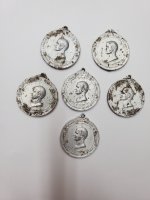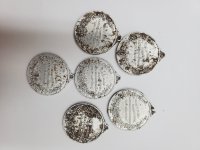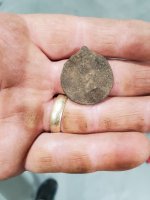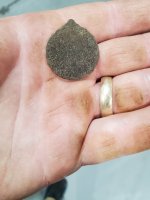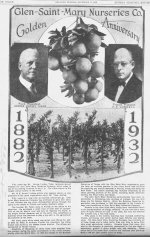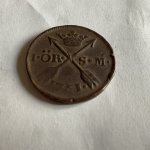Hi Everyone!
I was wondering if anyone could figure out what these were used for. I found 5 of them last year metal detecting in the woods behind my work and found another one today on lunch. The old aerial maps show a cleared field there back in the early 50s. That's the earliest aerial I can find. I wasn't sure if they put these medals on the orange trees from a fair back then because I live an hour north of Tampa. I have found a few orange trees close to that location though.
Thanks for looking!
I was wondering if anyone could figure out what these were used for. I found 5 of them last year metal detecting in the woods behind my work and found another one today on lunch. The old aerial maps show a cleared field there back in the early 50s. That's the earliest aerial I can find. I wasn't sure if they put these medals on the orange trees from a fair back then because I live an hour north of Tampa. I have found a few orange trees close to that location though.
Thanks for looking!


